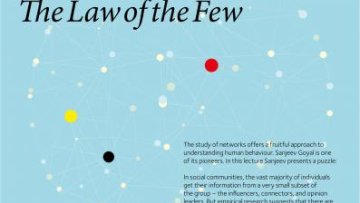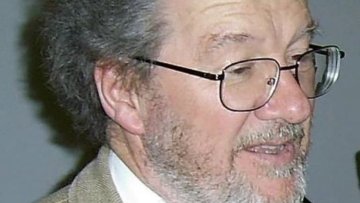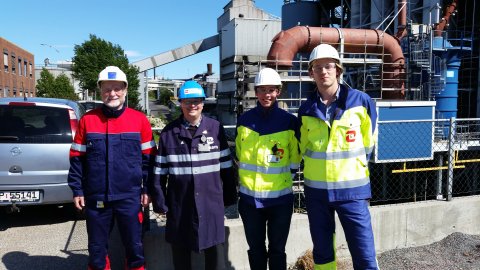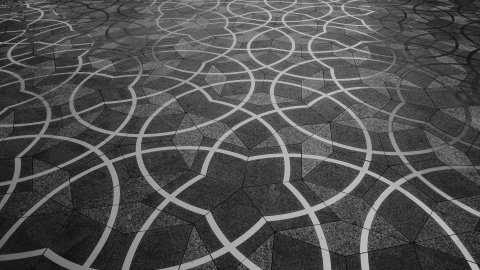Congratulations to the Oxford Mathematicians who have just been awarded LMS prizes.
Homogenization of the eigenvalues of the Neumann-Poincaré operator
Abstract
In this presentation, we investigate the spectrum of the Neumann-Poincaré operator associated to a periodic distribution of small inclusions with size ε, and its asymptotic behavior as the parameter ε vanishes. Combining techniques pertaining to the fields of homogenization and potential theory, we prove that the limit spectrum is composed of the `trivial' eigenvalues 0 and 1, and of a subset which stays bounded away from 0 and 1 uniformly with respect to ε. This non trivial part is the reunion of the Bloch spectrum, accounting for the collective resonances between collections of inclusions, and of the boundary layer spectrum, associated to eigenfunctions which spend a not too small part of their energies near the boundary of the macroscopic device. These results shed new light about the homogenization of the voltage potential uε caused by a given source in a medium composed of a periodic distribution of small inclusions with an arbitrary (possibly negative) conductivity a surrounded by a dielectric medium, with unit conductivity.
15:00
Breakdown Resilience of Key Exchange Protocols
Abstract
Broken cryptographic algorithms and hardness assumptions are a constant
threat to real-world protocols. Prominent examples are
hash functions for which collisions become known, or number-theoretic
assumptions which are threatened by advances in quantum computing.
Especially when it comes to key exchange protocols, the switch to
quantum-resistant primitives has begun and aims to protect today’s
secrets against future developments, moving from common Diffie–Hellman
based solutions to Learning-With-Errors-based approaches. Remarkably,
the authentication step in such protocols is usually still carried out
with quantum-vulnerable signature schemes. The intuition here is that
the adversary would need to break this protocol primitive today, without
having quantum power yet. The question we address here is if this
intuition is justified, and if so, if we can show this rigorously. We
particularly consider the authenticated variant of the recently
introduced post-quantum secure key exchange protocol NewHope (Alkim et
al., USENIX Security 2016), as well as by TLS 1.3, which is currently
being developed by the Internet Engineering Task Force.
Error analysis for a diffuse interface approach to an advection-diffusion equation on a moving surface
Abstract
We analyze a fully discrete numerical scheme for solving a parabolic PDE on a moving surface. The method is based on a diffuse interface approach that involves a level set description of the moving surface. Under suitable conditions on the spatial grid size, the time step and the interface width we obtain stability and error bounds with respect to natural norms. Test calculations are presented that confirm our analysis.






